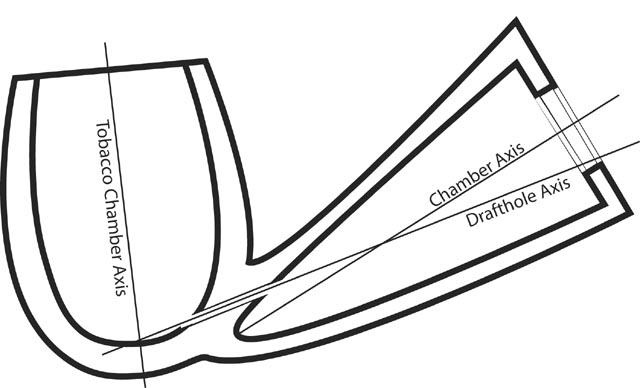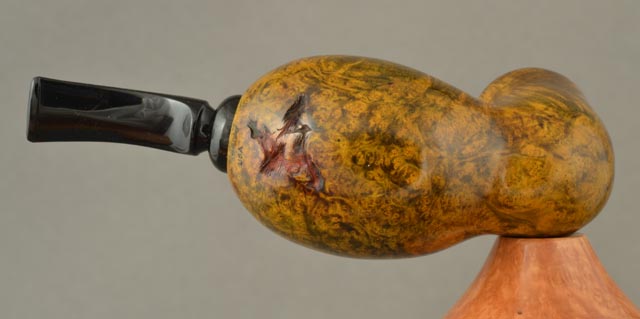Kyle Weiss
Well-known member
- Joined
- Sep 18, 2011
- Messages
- 11,988
- Reaction score
- 7
Upon suggestion of a Brother, I was reading up and checking out these things:
http://acmepipes.com/Why-a-second-chamber-.php
...why? Because of the interesting experiences I've been having with my Peterson, my first, which has been performing quite differently than my other pipes (probably due to its "un-system" chamber drilled in the shank).
Any pipes I have smoked that I've felt like I've gotten a good handle on have been classic mortise/tenon setups, and even within that category, have been widely varying on quality and craftsmanship. Obviously, the better designs fit better, and I've gotten a few "holy grail" smokes out of the well-made models.
With the only Pete I have, Thurston, there's a dynamic there which I believe I'm: a.) not as familiar; because my smoking experience is limited to what I know (go figure) and b.) in need of exploring, to help offset "a."

So, the double-chamber pipe (or the stupid term of the design "reverse calabash," if that bears mentioning, too.) I'm not likely to get a traditional calabash unless circumstances allow--they're not my kind of pipe, but who knows what will cross my path. I can't discount anything at this point, and this intrigues me.
Who makes "double-chamber" pipes besides ACME? Who has 'em here? What's your experience? I do realize there was a thread recently about these, but it was mostly guys gnawing on theory rather than first-hand knowledge.
8)
http://acmepipes.com/Why-a-second-chamber-.php
...why? Because of the interesting experiences I've been having with my Peterson, my first, which has been performing quite differently than my other pipes (probably due to its "un-system" chamber drilled in the shank).
Any pipes I have smoked that I've felt like I've gotten a good handle on have been classic mortise/tenon setups, and even within that category, have been widely varying on quality and craftsmanship. Obviously, the better designs fit better, and I've gotten a few "holy grail" smokes out of the well-made models.
With the only Pete I have, Thurston, there's a dynamic there which I believe I'm: a.) not as familiar; because my smoking experience is limited to what I know (go figure) and b.) in need of exploring, to help offset "a."

So, the double-chamber pipe (or the stupid term of the design "reverse calabash," if that bears mentioning, too.) I'm not likely to get a traditional calabash unless circumstances allow--they're not my kind of pipe, but who knows what will cross my path. I can't discount anything at this point, and this intrigues me.
Who makes "double-chamber" pipes besides ACME? Who has 'em here? What's your experience? I do realize there was a thread recently about these, but it was mostly guys gnawing on theory rather than first-hand knowledge.
8)

